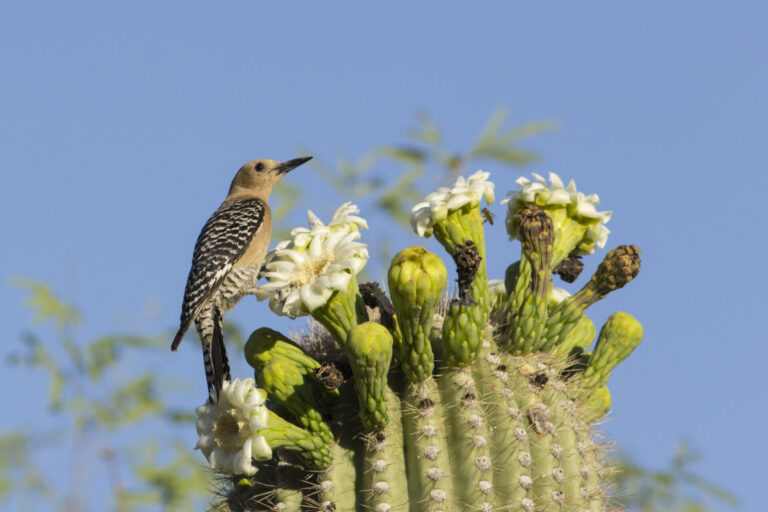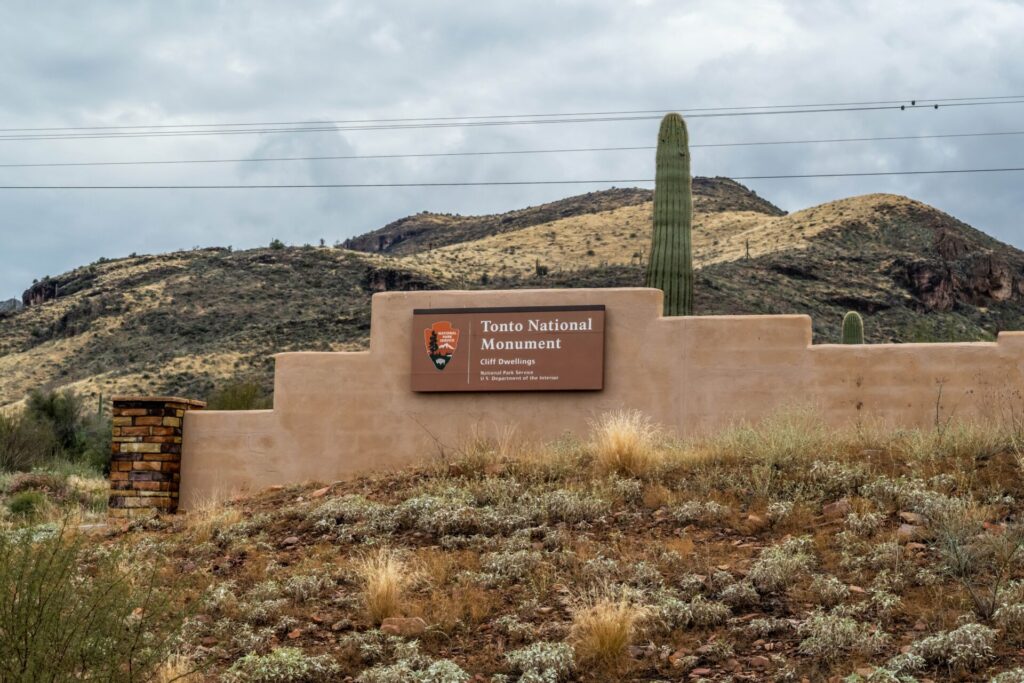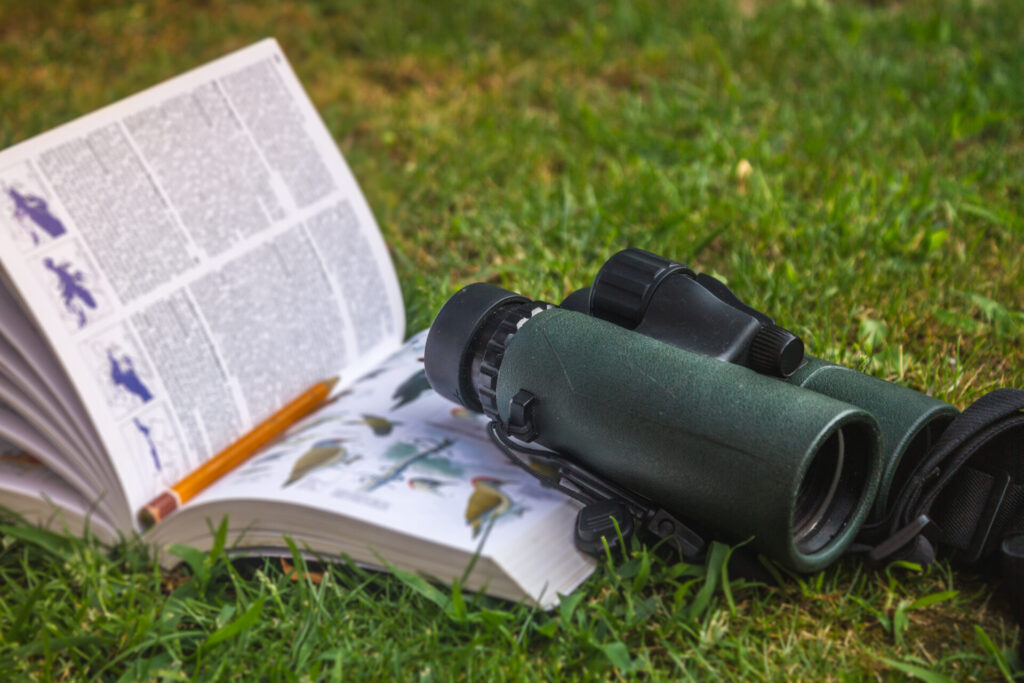
Welcome to Phoenix, Arizona – a vibrant city boasting a diverse natural environment that captivates wildlife enthusiasts and birdwatchers alike. This blog sets out to explore the finest wildlife viewing hotspots in and around Phoenix, providing you with exciting opportunities to connect with diverse ecosystems and encounter captivating creatures. Let’s embark on this educational and thrilling journey together!
The Rich Biodiversity of Phoenix
Phoenix boasts diverse ecosystems, from the Sonoran Desert to riparian areas, nurturing a wide variety of plants and animals. Cacti, such as saguaros, thrive alongside desert wildlife like javelinas and rattlesnakes, creating a unique harmony.
As a critical stopover for migratory birds, Phoenix plays a crucial role in their journeys. Witness the spectacular sight of flocks, like sandhill cranes and raptors, passing through during their seasonal travels.
In Phoenix, urbanization blends seamlessly with nature, offering ample wildlife observation opportunities. Parks, preserves, and green spaces intertwine with the city’s infrastructure, inviting residents and visitors to connect with wildlife while enjoying urban amenities.
South Mountain Park and Preserve
Our first stop is South Mountain Park and Preserve, an expansive natural gem in Phoenix, Arizona. Covering a vast area, it stands as one of the largest urban parks in the United States, offering an incredible blend of rugged terrain and diverse wildlife.
Viewpoints and Trails
As you venture into the park, you’ll find a network of captivating trails and breathtaking viewpoints that present unparalleled opportunities for wildlife viewing and birdwatching. Hike along trails like Hidden Valley or Holbert Trail, where you’ll immerse yourself in the heart of nature and encounter fascinating creatures along the way. Once you reach Dobbins Lookout or Buena Vista viewpoints, get ready to be awe-struck by the panoramic vistas and fantastic birdwatching opportunities. These elevated spots provide an ideal vantage point to observe both soaring raptors and the colorful array of local avian residents.
Wildlife in the Park
South Mountain Park and Preserve is home to a rich variety of wildlife, making each visit a delightful experience. Keep an eye out for mule deer gracefully roaming through the open spaces, offering glimpses of their elegant movement. Listen attentively for the distinctive calls of Gambel’s quail as they dash through the desert shrubs, and if you’re lucky, you might even witness their comical topknots bobbing playfully. The park’s avian residents also include the striking Gila woodpecker, its rhythmic drumming resonating through the canyons, showcasing its unique adaptations to desert life.
RV Travel Tips
For RV travelers, accessing South Mountain Park is a breeze. Head in through the Central Avenue entrance, where you’ll find RV-friendly roads and convenient parking spots. To enhance your wildlife viewing experience, don’t forget to bring along a pair of binoculars and a camera. These essential tools will help you capture mesmerizing moments without disturbing the natural habitat of wildlife.

Rio Salado Habitat Restoration Area
Welcome to the Rio Salado Habitat Restoration Area, an unexpected urban oasis situated in the heart of Phoenix. Despite being surrounded by city life, this unique restoration project has transformed an abandoned riverbed into a flourishing haven for diverse wildlife.
Restoration Efforts and Havens for Birds
Through years of dedicated restoration efforts, the Rio Salado area has undergone a remarkable transformation. Native plants have been reintroduced, and vital wetland habitats have been restored, providing shelter and sustenance for a myriad of bird species. As a result, the area has become a crucial stopover point for migrating birds, making it a favorite among birdwatchers.
The Rio Salado Habitat Restoration Area stands as a shining example of successful conservation efforts in an urban setting. It reminds us of the importance of preserving natural habitats and the incredible rewards of witnessing wildlife thrive in unexpected places.
Birdwatching Delights
If you’re a birdwatching enthusiast, you’re in for a treat at the Rio Salado Habitat Restoration Area. Among the highlights are sightings of the majestic Great Blue Heron, often seen gracefully wading along the water’s edge in search of a meal. Keep your eyes sharp to catch a glimpse of the Belted Kingfisher, a vibrantly colored bird known for its impressive hovering fishing technique.
Beyond the diverse avian residents, the Rio Salado Habitat Restoration Area is also home to other fascinating wildlife. Keep a lookout for the Western Diamondback Rattlesnake, an essential predator for maintaining the area’s ecosystem balance. Along the riverbanks, you might spot the industrious North American Beaver, creating intricate water habitats that benefit various species.
Besides its rich wildlife, the Rio Salado Habitat Restoration Area boasts picturesque landscapes and tranquil water features, providing a peaceful escape from the bustling city. Well-maintained trails, such as the Rio Salado Audubon Center Trail, offer an enjoyable hiking experience suitable for all skill levels.
RV Travel Tips
RV travelers will find the Rio Salado Habitat Restoration Area easily accessible, with nearby parking areas granting convenient access to various hiking trails and wildlife viewing points. Remember to pack your binoculars and camera to capture the mesmerizing birdlife that calls this area home. As you embark on your wildlife-watching adventure, it’s important to maintain a respectful distance from the animals, allowing them to carry on with their natural behaviors undisturbed.

Tonto National Forest
Prepare to be immersed in the vast and enchanting wilderness of Tonto National Forest, one of Arizona’s most prized natural treasures. Spanning over three million acres, this expansive forest offers an unparalleled opportunity to witness diverse flora and fauna in their natural habitat. Its close proximity to Phoenix makes it an ideal destination for RV travelers seeking a wilderness adventure.
Popular Wildlife Viewing Areas
Within Tonto National Forest, two areas stand out as prime spots for observing wildlife. The Lower Salt River, meandering gently through the desert landscape, attracts an array of captivating creatures. Here, you can witness the iconic sight of wild horses gracefully grazing along the riverbanks, their manes flowing in the breeze. As you scan the skies, keep an eye out for the majestic bald eagles, soaring high above the river, seeking their next catch from the water below.
Venture into the rugged beauty of Peralta Canyon, a hiker’s paradise, and you’ll be rewarded with encounters with the elusive black-tailed jackrabbits. With their large ears and impressive speed, these agile hoppers are a fascinating sight amidst the rocky terrain. As you explore the canyon’s trails, be sure to watch for other inhabitants like the Western Diamondback Rattlesnake, a master of camouflage and a key predator in maintaining the area’s ecological balance.
Fascinating Wildlife Encounters
A trip to Tonto National Forest promises an array of captivating wildlife encounters. The wild horses, descendants of Spanish mustangs, embody the spirit of the untamed American West, and their presence against the backdrop of the Sonoran Desert is a sight to behold. Bald eagles, known as America’s symbol of freedom, showcase their powerful wingspans and keen hunting instincts, leaving observers in awe of their grace and prowess.
The black-tailed jackrabbits, with their long legs and large ears, exemplify adaptability and survival in the arid desert landscape. These remarkable creatures have evolved unique strategies to evade predators and thrive in their challenging environment.
RV Travel Tips
Exploring Tonto National Forest in your RV opens up a world of adventure and natural wonders. Several campgrounds, such as Phon D. Sutton Recreation Site, provide excellent facilities for RV travelers to settle in and experience the tranquility of the forest up close. Plan your wildlife excursions during the cooler hours of the day, as many animals are most active in the early morning and late afternoon.
Gilbert Riparian Preserve
Situated in the heart of Phoenix, the Gilbert Riparian Preserve is a must-visit destination for birdwatchers and wildlife enthusiasts. This 110-acre oasis boasts a perfect blend of diverse habitats, attracting a wide variety of avian species throughout the year.
In addition to the fascinating birdlife, the Gilbert Riparian Preserve is also home to other charismatic creatures. Look out for the Western Pond Turtles, sunbathing on rocks or logs by the water’s edge, and marvel at their distinctive appearance. As you meander along the paths, don’t be surprised if you come across the agile Cottontail Rabbits, darting through the undergrowth, showcasing their impressive speed.
Diverse Wetland Habitats
The preserve’s lush riparian vegetation and tranquil ponds create a welcoming sanctuary for both migratory and resident birds. With its abundance of food sources and nesting sites, the preserve becomes a temporary haven for colorful migratory birds during their annual journeys.
Birdwatching Highlights
As you traverse the well-maintained walking trails, like the Riparian Preserve Trail, be prepared for thrilling birdwatching experiences. Among the avian delights you might encounter are the elegant American Avocet, gracefully wading through the shallows in search of aquatic prey. Keep a keen eye out for the striking Black-necked Stilt, with its distinct black and white plumage and needle-like bill, as it nimbly forages along the water’s edge.
RV Travel Tips
For RV travelers seeking to indulge in the delights of the Gilbert Riparian Preserve, plan your visit during the morning or late afternoon, when bird activity is at its peak. The preserve offers ample parking, making it easy to access the walking trails and prime birdwatching spots.

Important Tips for Wildlife Viewing
When observing wildlife, maintain a respectful distance, allowing them to carry on with their natural behaviors undisturbed. Utilize your binoculars and spotting scopes to admire creatures from afar, preserving the integrity of their habitats and ensuring your safety. Remember, the thrill of witnessing a majestic bald eagle or a graceful American Avocet in its natural environment is heightened when we honor their need for space.
Before setting off on your wildlife excursions, familiarize yourself with the specific guidelines at each location. Gilbert Riparian Preserve, for instance, may have designated viewing areas to safeguard nesting sites, while Tonto National Forest might have specific trail rules to minimize human impact on the delicate ecosystem.
By adhering to these essential tips, you not only ensure a rewarding and educational wildlife-watching experience but also contribute to the conservation of these precious natural treasures.
May our wildlife adventures be filled with awe, wonder, and a renewed dedication to protecting the precious wildlife that graces the landscapes of Phoenix. So, pack your binoculars, hop into your RV, and let the journey of wildlife exploration in Phoenix begin!
Happy travels + wildlife watching!
More Phoenix Content You Will Enjoy:

